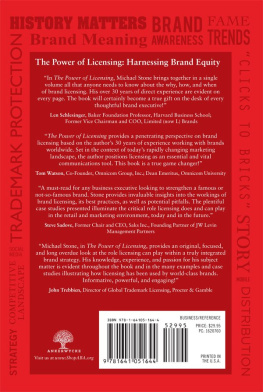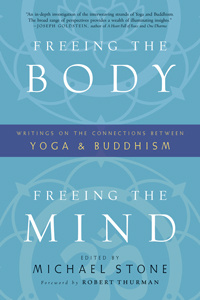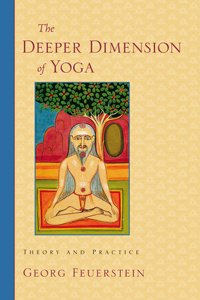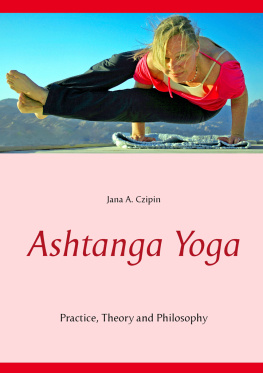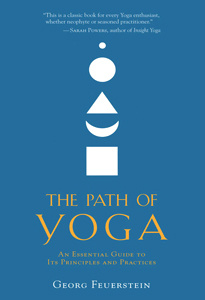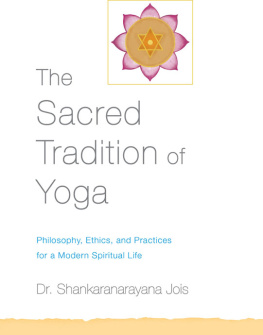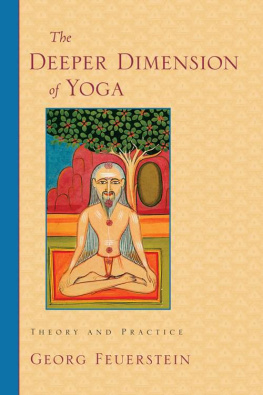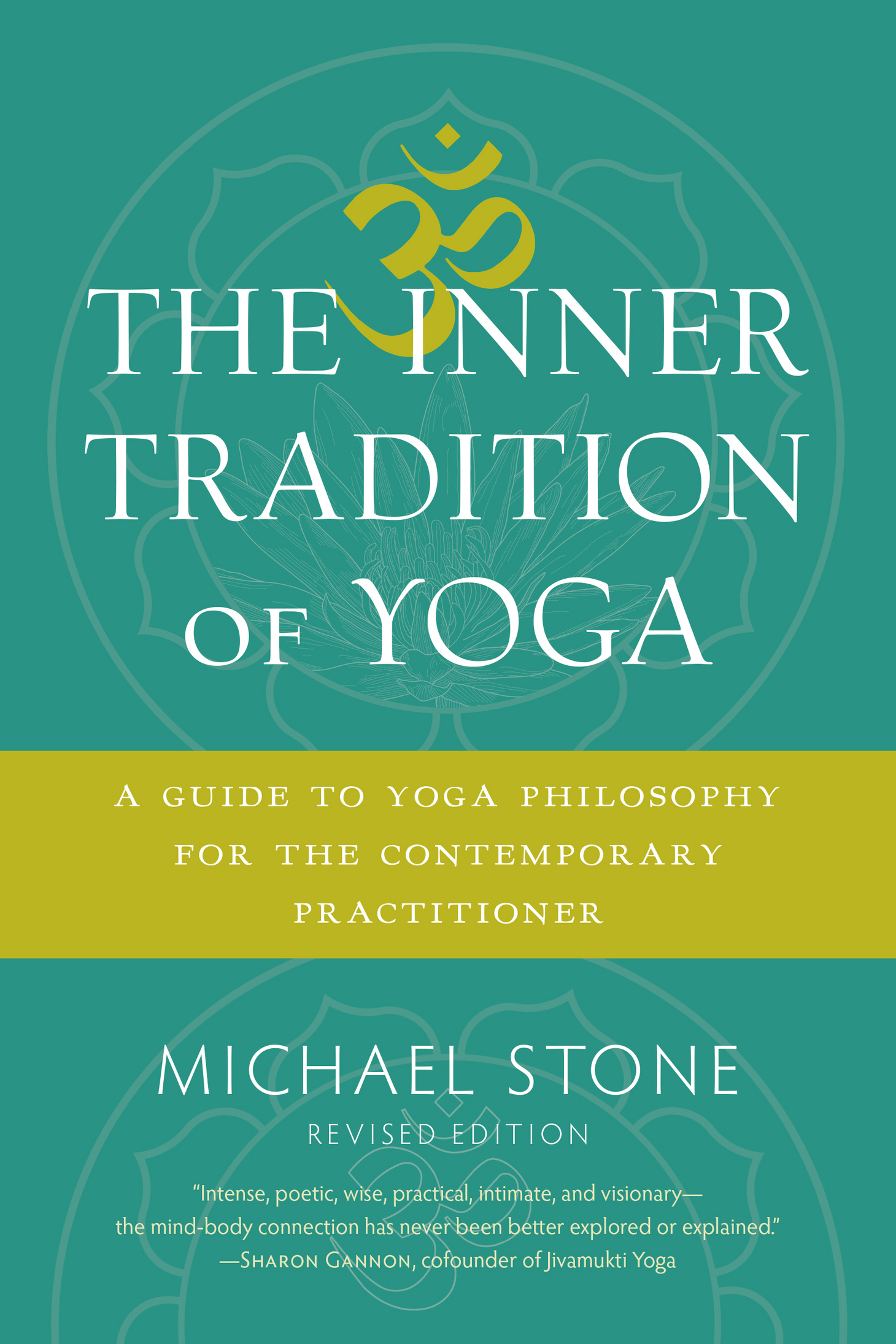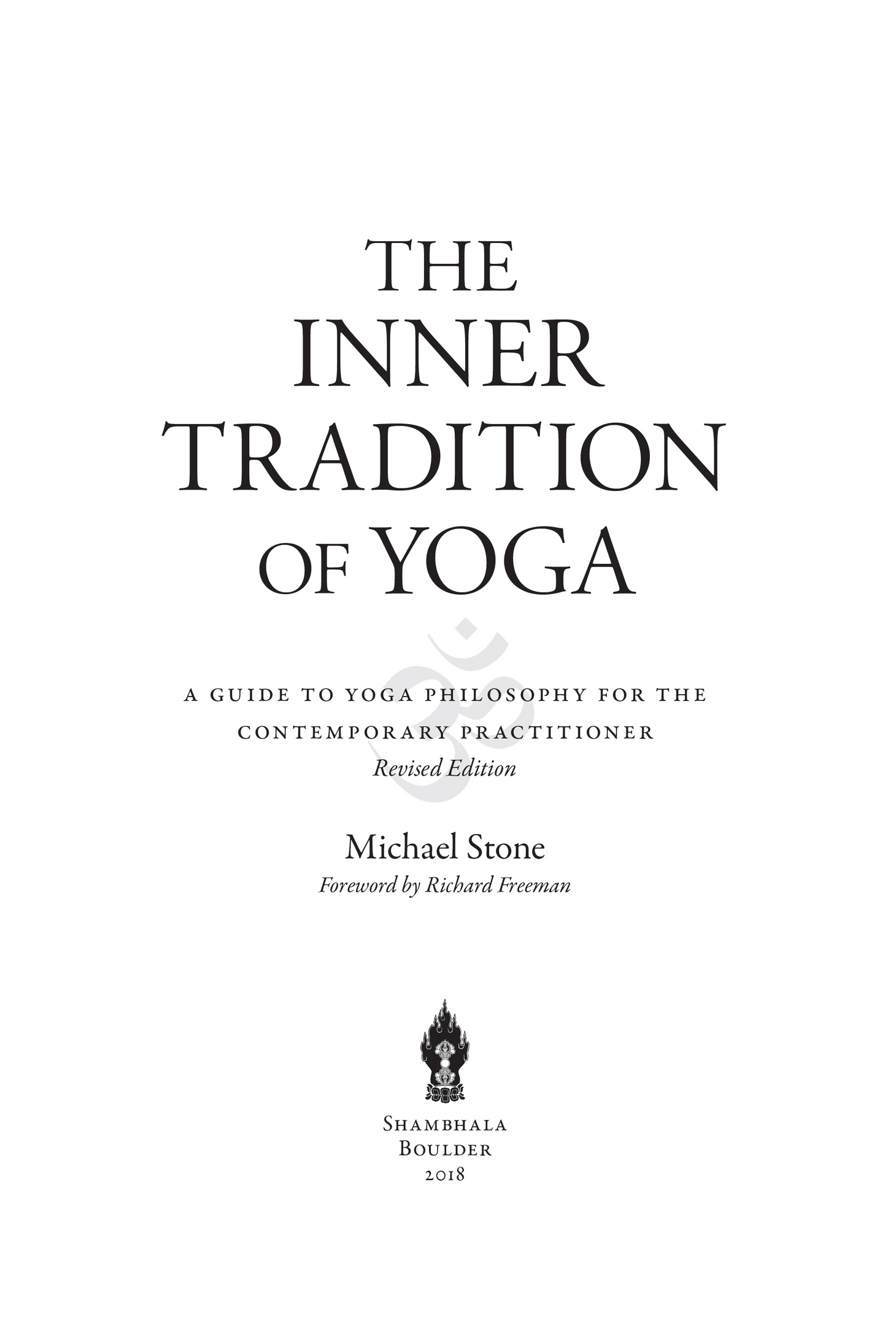Contents
A LSO BY M ICHAEL S TONE
Awake in the World
Freeing the Body, Freeing the Mind
Yoga for a World Out of Balance
Shambhala Publications, Inc.
4720 Walnut Street
Boulder, Colorado 80301
www.shambhala.com
2008, 2018 by Michael Stone
Quotation from Jorge Luis Borges: Selected Poems 19231967 by Jorge Luis Borges, 1968, 1970, 1971, 1972 by Jorge Luis Borges, Emec Editores, S. A., and Norman Thomas di Giovanni. Used by permission of Dell Publishing, a division of Penguin Random House LLC. See Credits on for a continuation of the copyright page.
The cover calligraphy OM is in Siddham script.
All rights reserved. No part of this book may be reproduced in any form or by any means, electronic or mechanical, including photocopying, recording, or by any information storage and retrieval system, without permission in writing from the publisher.
Cover art: Getty Images
Cover design: Gopa & Ted2, Inc.
Library of Congress Cataloging-in-Publication Data
Names: Stone, Michael, 19742017, author.
Title: The inner tradition of yoga: a guide to yoga philosophy for the contemporary practitioner / Michael Stone; foreword by Richard Freeman.
Description: Revised edition. | Boulder: Shambhala, 2018.
Includes bibliographical references and index.
Identifiers: LCCN 2017046847 | ISBN 9781611805918 (pbk.: alk. paper)
eISBN9780834841550
Subjects: LCSH: Yoga.
Classification: LCC B 132. Y 6 S764 2018 | DDC 181/.45dc23
LC record available at https://lccn.loc.gov/201704684
v5.3.1
a
To the students with whom I practice who inspire me to wake up.
I do not know just what it is that I am like. I wander about concealed and wrapped in thought.
Rig-Veda
Contents
Foreword
F OR YOGA , these are the best of times, yet in some ways, these are the worst of times. The explosion in information technology is bringing people and their cultures, ideas, languages, religions, and businesses together at an exciting and disconcerting pace. So far, no one culture, no one religion, no one government is able to define an absolute frame of reference to organize the whole thing.
Spreading almost like mushrooms with the eclectic world culture of multinationals, Internet cafes, and Starbucks is the practice of yoga. There is something naturally appealing about the yoga postures to all types of people. Approaching reality through the immediate physicality of the body, the senses, and the breath skips right around religious, cultural, and national prejudice, and brings out a love of the best and most beautiful in everything. This draws people to yoga so that there are enthusiastic, sincere, and educated yoga practitioners in even remote corners of Asia, the Middle East, Europe, and all the Americas. Yoga has something remarkably universal about it. It is practically generic in its mysticism, which in its initial appeal to such a wide audience does not cast an oppressive net of a single belief, framework, or god-concept over the open and indeterminate process of living intelligence. There is still an innocence and naivety to the openness and enthusiasm shown worldwide for yoga. Can we keep the innocence as we become wise enough to see with love through the wily ways of our own egos? Or will that innocence be exploited by all the profiteering, proselytizing, seducing, and reducing done by our egos to avoid true yoga? Can our yoga survive the remarkable rate of its own expansion? Will the potent and ancient tradition live through its commercial success? These remain open questions for yoga enthusiasts on both the personal and the collective levels.
It is completely understandable why there is such a strong tendency to take the active ingredient out of yoga, to package it to please and to sell, to avoid the very heart of yoga and, thereby, to avoid reality. Genuine yoga exposes the insubstantiality and emptiness of our self-image, which allows us to see the insubstantiality and emptiness of everything. Eventually, remarkable courage, commitment, and compassion arise from yoga practice and, through those, a wonderful insight and joy. Yoga is far nicer than anything we could have wanted or bargained for. We simply have not been able to wrap our minds around it, and so before investigating it on its own terms, we are selling it unopened and untasted in the spiritual marketplace. The traditional context for yoga, awakening to the simple truth of impermanence, to universal death, is all that has been missing. This is what awakens our compassion and shows us the interconnectedness not only of all beings but of techniques, styles, and viewpoints. It sobers the mind and wakes us up from spiritual pride and materialism.
Yoga has always been, and continues to be, subtle and impossible to express literally. Like love, it is taught with metaphor and poetry, with patterned practice and ecstatic release. Occasionally, and always in bad taste, the ego can trick us into imagining that our own specialized forms and languages have achieved universal status, when in fact they remain painfully provincial and riddled with blind spots. At any time, any yoga practitioner can grasp their practice form and language as literal and miss out on what is much more intelligent and pleasing. As humans with egos we can and frequently do mess up even the subtle and beautiful. Now our yoga is hitting the fan of the modern world. The variety of viewpoints, of techniques and styles, the attitudes and philosophies form a colorful array of trends mixed from the best and worst of modern cultures from all around the world. On the one hand, there are new extreme styles of raunchy party yoga, cult narcissism, condescending asceticism. This adoration of the ego is forming a path of competition and vanity. On the other hand, with so much information and cross-cultural linking, there are breathtaking new ways and languages for teaching and ever more refined forms of an art of a yoga worthy of passing on to others.
Michael Stone has given us a true gift, which allows us to approach the practices and philosophies of yoga from the place where their variety makes sense. He lets us begin where we are, surrounded by the situations of our heart. Our relationships and our beliefs about the world have a direct effect on the deep sensations in our body that link into emotion and perception. The link between the mind and the body, between the citta and the pra, forms the axiom around which many internal yoga practices revolve. Observing sensation closely through mindfulness of the breath reveals the vibratory and impermanent nature of things and allows the deconditioning of the mind from habitual patterns of response and association with those same sensations and feelings. The Inner Tradition of Yoga allows us to begin practicing on the deepest level before we commit to a viewpoint, a belief system, or a style. This psychological approach to yoga takes us straight into the heart of the misperceptions about who and what we are. To enter philosophy or yoga technique deeply, we must start grounded psychologically. We can then bypass the ego games that we might play when the subject of yoga is presented as difficult philosophy or as a physically stimulating and challenging art.
The Inner Tradition of Yoga looks at yoga as it is and then shows us a simple, compassionate way through the variety, complexity, and challenges that face us in our personal practice and, collectively, as we create a culture based in the most universal principles of yoga. It approaches yoga practice and philosophy from the immediate experience of our relationships, emotions, feelings, sensations, and thoughts within the context of our real lives. Inquiring about what really countswhat is right in the center of the heartit offers insight into navigating the ocean of opinion, technique, and emotion.



